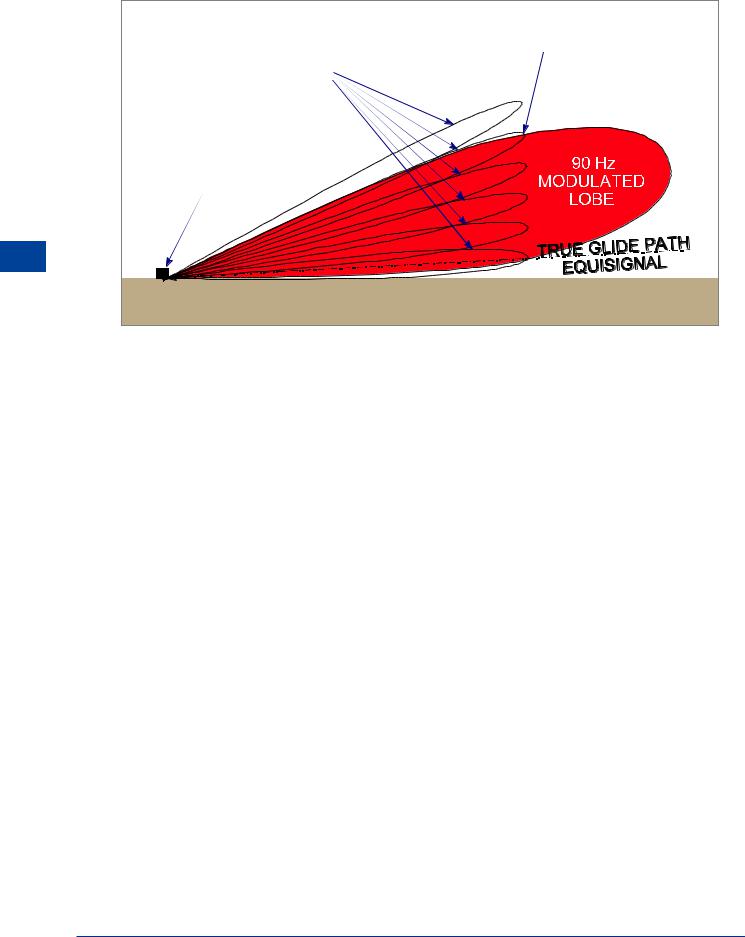

But actually because 150 Hz is inverted in SBO, on the additive side, at the center of the interference area, 150 Hz cancels itself, 90 Hz doubles its amplitude. SBO on one side creates additive interferences with CSB, and substractive interferences on the other side. In the ILS, basically one signal is sent for reference (CSB) and one signal is sent for comparison (SBO). For any another phase difference, the amplitude of the result is between zero and the sum of individual amplitudes.If the signals are in phase opposition, the amplitudes subtract.If the signal are in phase, the amplitude of the result is the sum of the individual amplitudes.The phase difference plays a major role when two signals interfere: The two signals can be in phase (no difference), in phase opposition (180°), in quadrature (90°) or have any phase difference. We are usually interested in the phase difference of two signals with the same frequency: We can also imagine a circle with a scale from 0° to 360°, a point traveling on this scale in the time of a signal cycle (left side above). Two representations of a signal: Phase/amplitude and time/amplitude Often we draw the amplitude as a function of the time (right side): a sine signal, we can look at different parameters. If this summary increased your curiosity for more details, just follow on, but for a good understanding, we'll need to first clarify a few notions: Phase, modulation and sidebands.

Missing the phase role in the ILS (and conventional VOR) is actually missing the cleverness of these technologies. Phase is used in many sophisticated radio applications. By taking appropriate protection measures in the Fresnel zone, the phase-based ILS is therefore very reliable. On the other hand, the phase of a signal remains unaltered until the signal is reflected, diffracted or enters a material with a different refractive index. in cellular networks) because the cost is marginal, but RSS depends on many factors which cannot be controlled. RSS-based positioning improved by averaging algorithms is commonly found for rough positioning ( e.g. They miss the point the ILS is not based on amplitude comparison, but on depth of modulation comparison.Ī precise location cannot be determined by simply using received signal strength (RSS) of two or more signals.

The 90 and 150 Hz tones are not used directly. Changing the relative strength of a signal changes both amplitudes in the ratio, but keeps the ratio unchanged. The depth of modulation is the ratio between the modulation amplitude and the carrier amplitude. When de-modulated is effectively a difference in amplitude modulation depth? So is it actually that the entire modulated signal strength decreases which The beam strength decreases as you move away from it's own centreline,


 0 kommentar(er)
0 kommentar(er)
